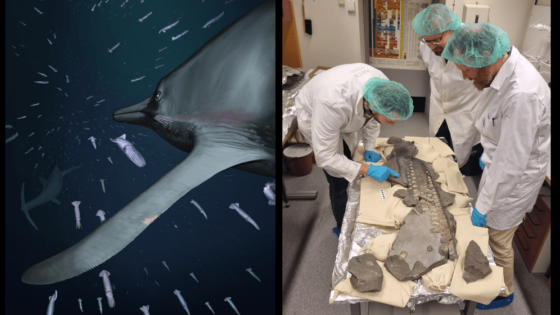The human genome, composed of 23 pairs of chromosomes, holds secrets about our evolutionary past. Recent research reveals that about 8% of our DNA consists of ancient viral remnants, embedded over millennia. On July 18, 2025, a groundbreaking study published in *Science Advances* highlighted the significant role of transposable elements (TEs) in gene regulation and human development.
- Human genome contains ancient viral remnants.
- Transposable elements play key evolutionary roles.
- New study identifies previously undiscovered TE subfamilies.
- TEs influence gene regulation and expression.
- Research may link TEs to human diseases.
- Understanding TEs aids in genome evolution insights.
These TEs, once dismissed as “junk” DNA, are now recognized as crucial players in our genetic makeup. They not only influence gene expression but also offer insights into human evolution. As researchers delve deeper into these viral remnants, they may uncover how these sequences contribute to both our biological identity and susceptibility to diseases.
This research raises intriguing questions about the evolutionary significance of these elements. Could they be key to understanding genetic diseases? The study suggests that:
- TEs may activate gene expression in early human development.
- They could provide insights into human evolution and genetic diseases.
- Some TEs are linked to potential cancer treatments.
As we continue to explore the complexities of our genome, the potential for groundbreaking discoveries in human biology and medicine grows. Will future research unlock even more mysteries of our genetic heritage?

































